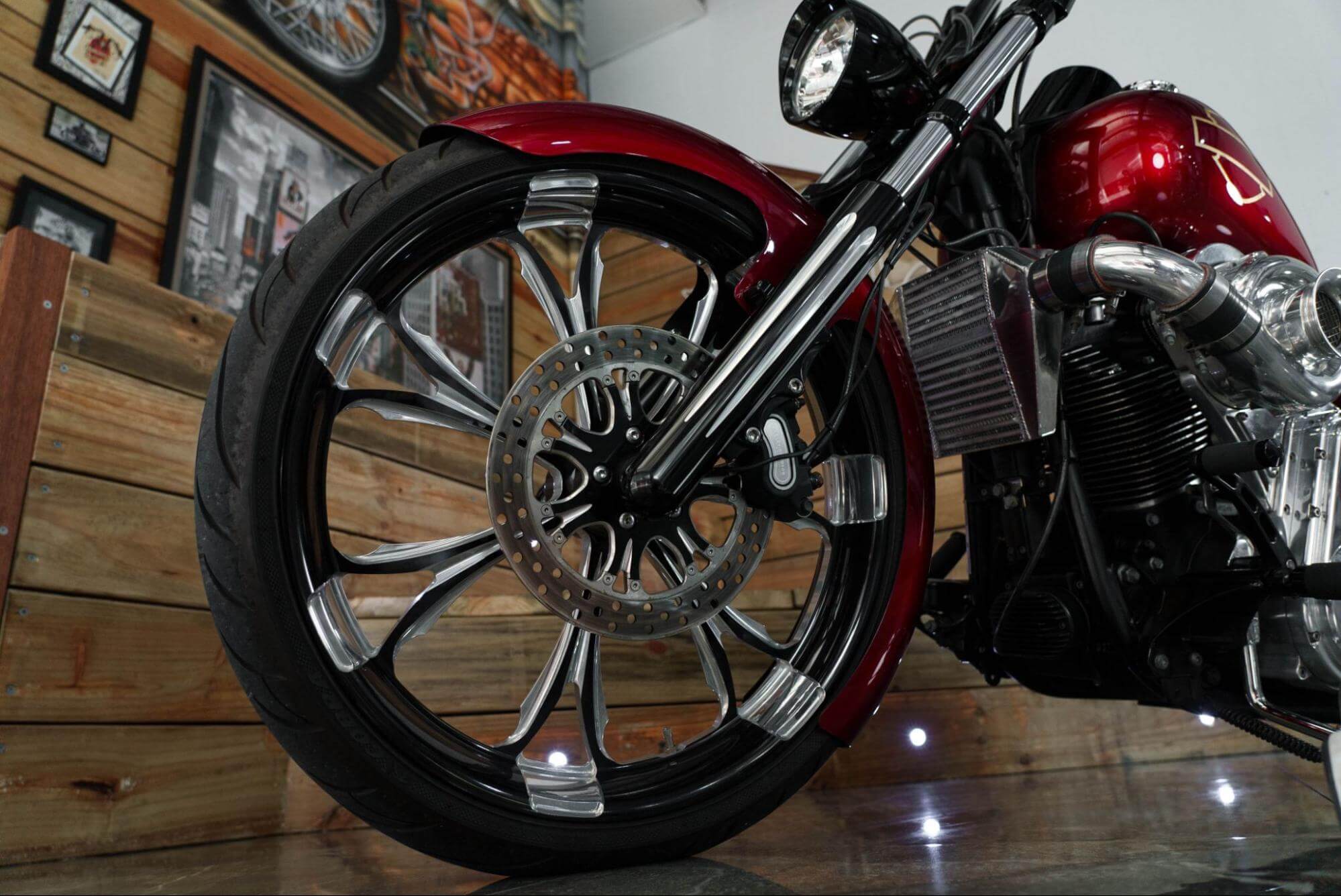Brakes are a motorcycle’s most important safety feature. But apart from applying them when necessary, how much thought do you give to your brakes? Despite saving lives on a daily basis, brakes are commonly overlooked in basic motorcycle maintenance. Changing the motorcycle brake pads regularly is one of the most important measures you can take, along with checking your brake lines, fluid and rotors.
Braking is all about grip: the grip between your tyres and the surface they’re on. The better your tyres hold onto the road, the shorter the stopping distance will be. Yet, there are abundant factors that can affect the grip: the condition of your tyres, the state of the road, and the presence of debris. Braking errors that lead to skidding are common causes of motorbike accidents.
Caring for your brakes requires knowledge and understanding of areas like motorcycle components, general maintenance and troubleshooting problems. Effective motorcycle brake maintenance involves steps like changing your motorcycle’s brake pads, bleeding your motorcycle brakes when necessary and learning how to refill the brake fluid on your motorcycle.
If you haven’t paid much attention to your brakes so far, this article shines a light on this ultra-important element of your bike.
The Different Parts of Motorcycle Brakes
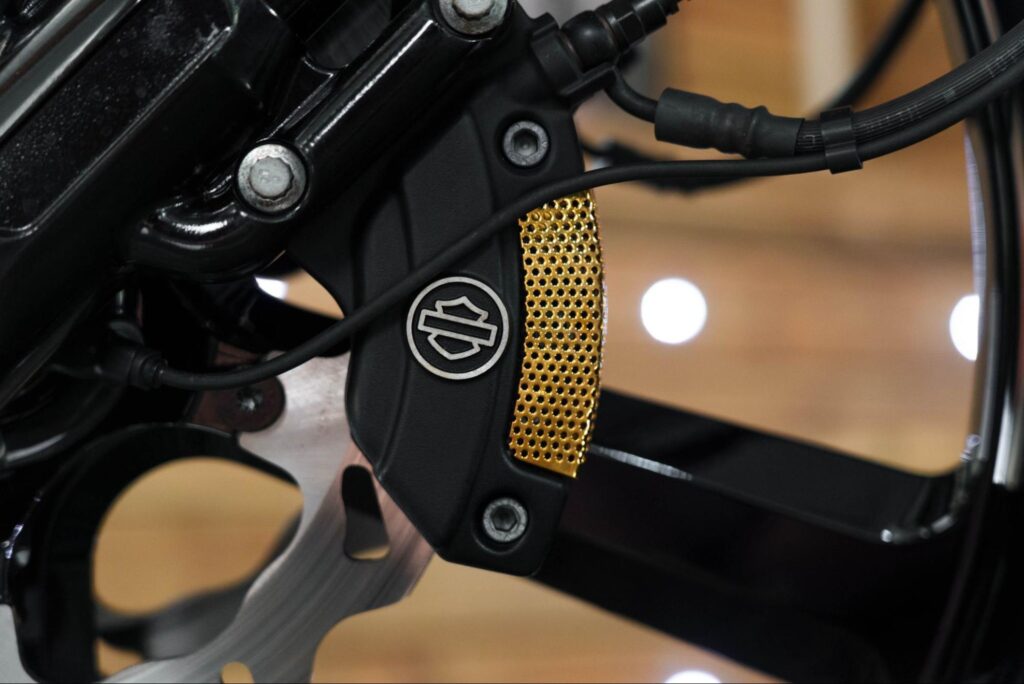
Just like a car’s braking system, motorcycle brakes are made up of different parts that work together so you can stop the vehicle when you need to. The main parts that go into a motorcycle’s braking system are:
Pads
Your brake pads are the most important part of your braking system. If they aren’t working properly, you won’t be able to stop when you need to. Both road and trackpads come in two main categories: sintered and organic. Sintered brake pads are made by combining the friction material with metallic particles and are tough enough to withstand just about anything the road brings your way. Organic brake pads are made of softer materials. While they pack less of an initial kick, they’re cheaper than sintered pads and gentler on your brake discs.
Discs
Once made from fixed rotors and sliding callipers, brake disks have evolved with time, and these days most are “floating discs”. Made of a stainless steel rotor and an aluminium centre carrier mounted on the wheel’s hub, floating discs enhance the contact between the rotor and the brake pads. This makes for superior stopping power.
Fluids
Brake fluid turns the force from your brake lever or pedal into pressure and applies it to your callipers. To do the job properly, it needs to have certain qualities, including low viscosity, high boiling point and an incompressible nature.
Lines
Like other vehicles, motorcycles have brake lines that send the hydraulic brake fluid to the callipers. Motorcycle brake lines typically last about four to six years, with braided stainless steel hoses lasting longer than average.
Callipers
Your motorcycle brake callipers are clamp devices that sit on top of the metal disc rotors of your wheels. When you squeeze the brake lever, the brake holds onto the spinning rotor by pressing the brake pads onto each side. There are two main kinds of callipers: fixed and floating brake callipers.
Master cylinders
The master cylinder is the cylinder that houses the brake fluid. When you apply force to the brake lever, it pushes the brake fluid down the line to the calliper, causing the pistons to press the brake pads against the discs.
General Motorcycle Brake Maintenance
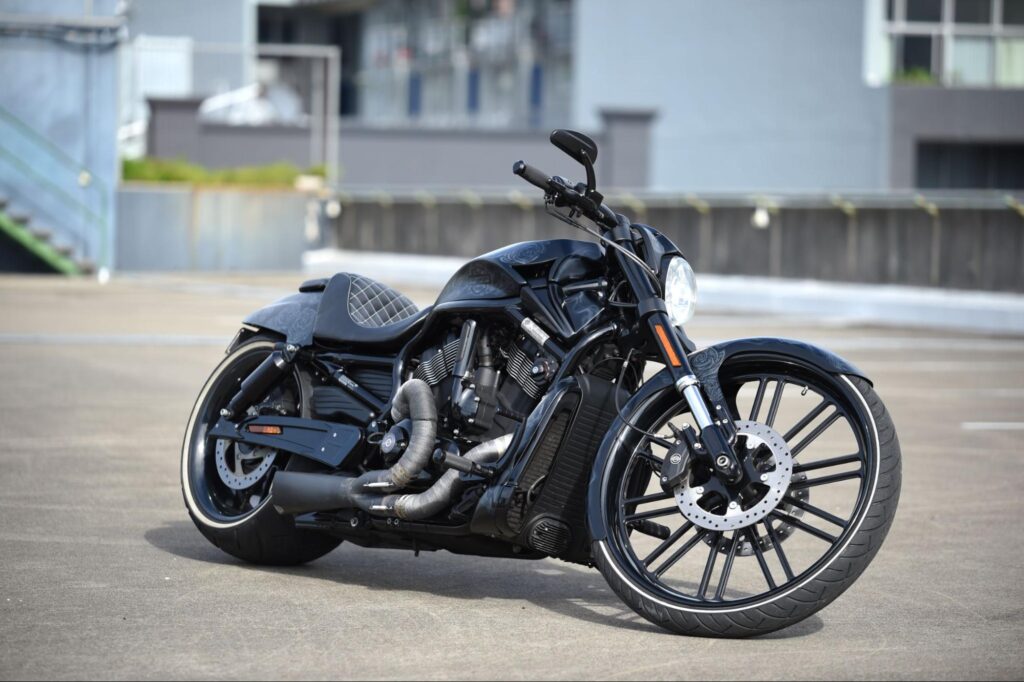
Some important general guidelines for motorcycle brake maintenance include:
Change the brake pads regularly
Changing the motorcycle’s brake pads is important, but the number of kilometres on your bike isn’t always the best indicator of when to do it. The most reliable way of knowing is by checking the wear groove indicator. If you can’t see the groove at all, that’s a sure sign that you need to switch your pads immediately. Good workshops often offer checking and changing the motorcycle’s brake pads, if necessary, as part of a standard service.
Bleed your motorcycle brakes every two years
An excess of air in your brake lines leads to “soft” and “squishy” brakes at worst and no braking power at best. Bleeding your motorcycle brakes involves opening the bleeder to let the pressurised fluid out, and there’s an art to bleeding your motorcycle brakes properly.
After bleeding your motorcycle brakes, it’s often necessary to refill the reservoir; another reason it’s worth learning how to refill brake fluid on a motorcycle.
Clean the disc rotors
Dirt and grime around the disc rotors and calliper assembly can compromise your brake’s stopping power, so it pays to clean them regularly. While a jet spray of water gets the job done, specialised products provide a deeper clean.
Troubleshooting Motorcycle Brake Problems
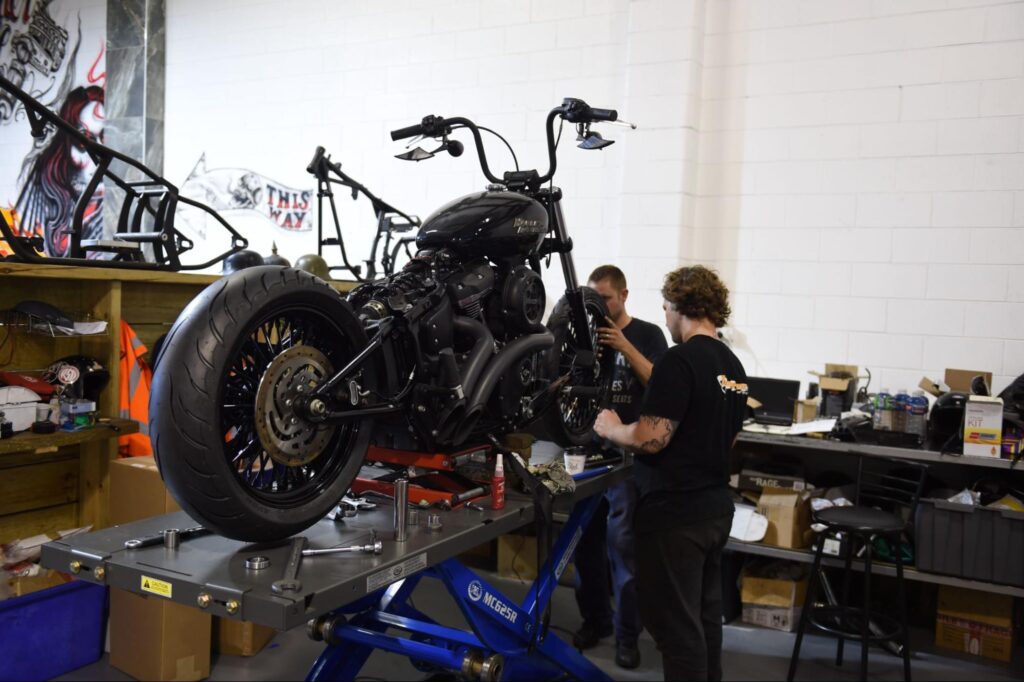
Every once in a while, motorcycle brake problems will arise even when you regularly observe maintenance measures like changing the motorcycle’s brake pads. Here are some of the most common motorcycle brake problems and the best ways to troubleshoot them:
Brake fade
Brake fade is a sudden reduction in braking power caused by excessive heat in the braking system. It occurs when an action like aggressive riding or overloading your motorbike leads to a build-up of heat that can’t dissipate.
The best way to deal with brake fade is to prevent it from occurring. But if you’ve already noticed it set in, the most effective course of action is to take it to a mechanic or technician. Riding with compromised brakes compromises your safety.
Brake binding
This is the name for a condition that causes the brakes to not release and makes the wheels unable to rotate freely. It’s often caused by faulty springs or jammed brake shoes. If it’s the springs, they should be replaced immediately. If it’s the brake shoes, you can often troubleshoot by lubricating the anchor pin.
Brake judder
If you’ve noticed an odd ringing noise coming from the brakes, the culprit is likely due to improper brake adjustments or loose lining rivets. The best way to troubleshoot is, of course, to have the adjustment re-done or to replace and re-attach the rivets.
Excessive brake fluid loss
When you’ve noticed excess fluid leaking from your brakes, knowing how to refill brake fluid on a motorcycle is not enough to fix the problem. Connecting pipes and hoses need to be examined for damage.
How to Brake Effectively on a Motorcycle
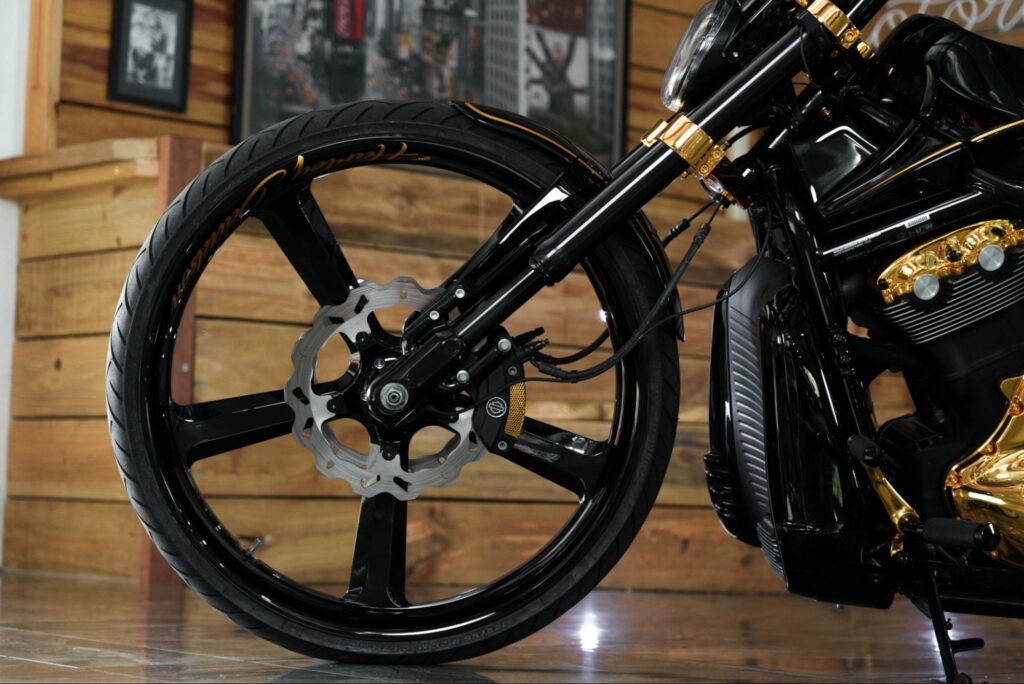
Practising proper braking techniques means you won’t have to change your motorcycle brake pads as often. Learning how to brake properly isn’t just for beginners, and, more importantly, it makes your presence on the road safer.
Most motorbikes have both front brakes (which are responsible for the bulk of the stopping power) and rear brakes. The front brake is located on the right side of the handlebar, while the rear brake is activated by a foot pedal on the right-hand side of the bike.
Make sure you assess your surroundings before you stop to guarantee it’s a safe time to do so.
Start by easing off the throttle so the bike slows down automatically. With your index and middle fingers on the front brake’s lever, cover the rear pedal (or lever, depending on your bike) and gently activate both simultaneously. To avoid going off-balance and skidding, don’t put too much weight on either the front brake or the back.
If you need more information about changing the motorcycle brake pads, how to refill brake fluid on a motorcycle or anything else to do with motorbike maintenance, Taverner Motorsports is on hand to help.
Get Motorcycle Maintenance and Repairs at Taverner Motorsports
One of the best ways to maintain the quality of your brakes for the long term is to book a regular service at Taverner Motorsports.
With more than 40 years of experience in the industry, Taverner knows every aspect of motorbike maintenance. Our workshop services include a standard service that involves checking and changing the motorcycle brake pads if required. For motorcycle repairs, maintenance, parts, or restoration, request a quote from the Taverner team.
